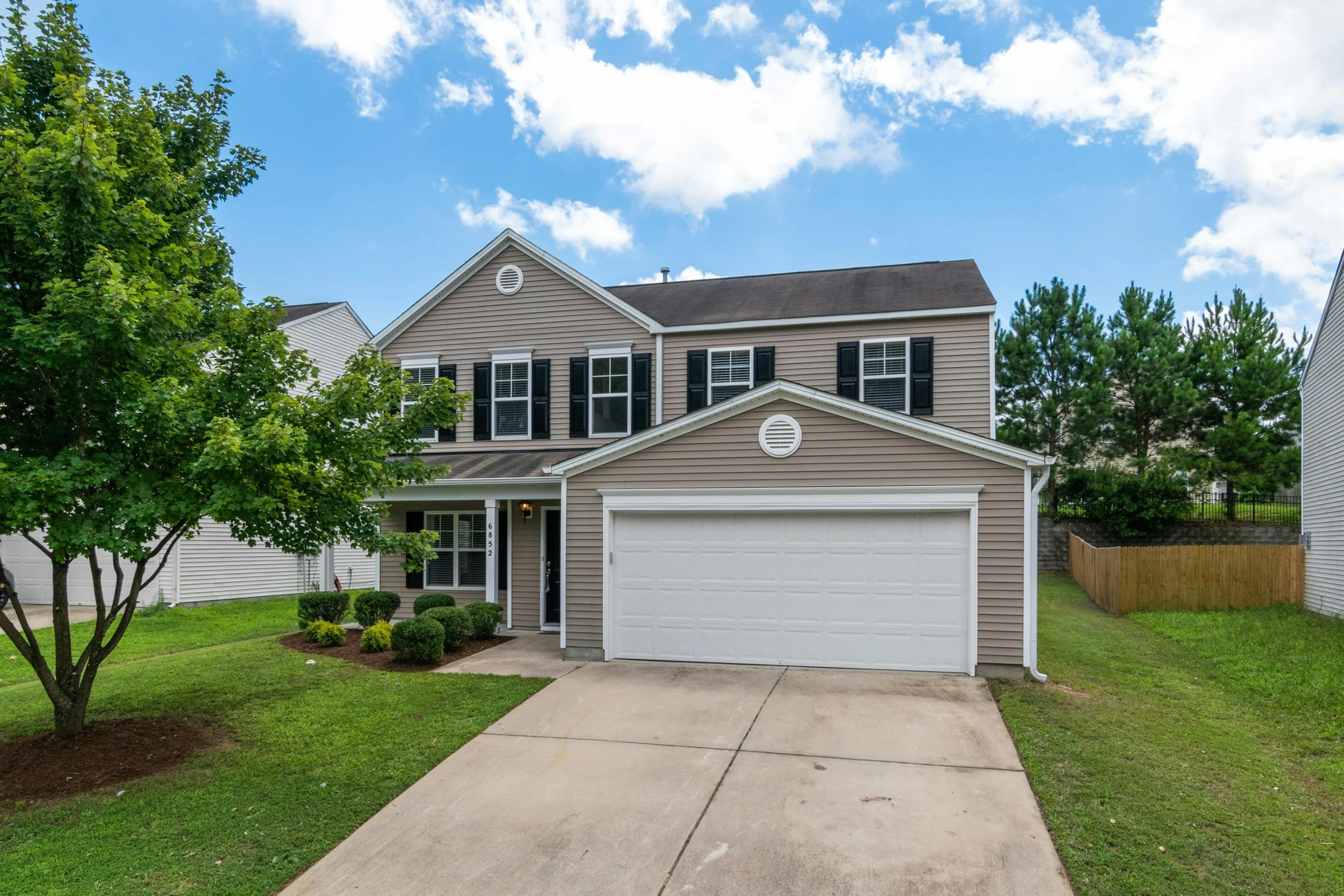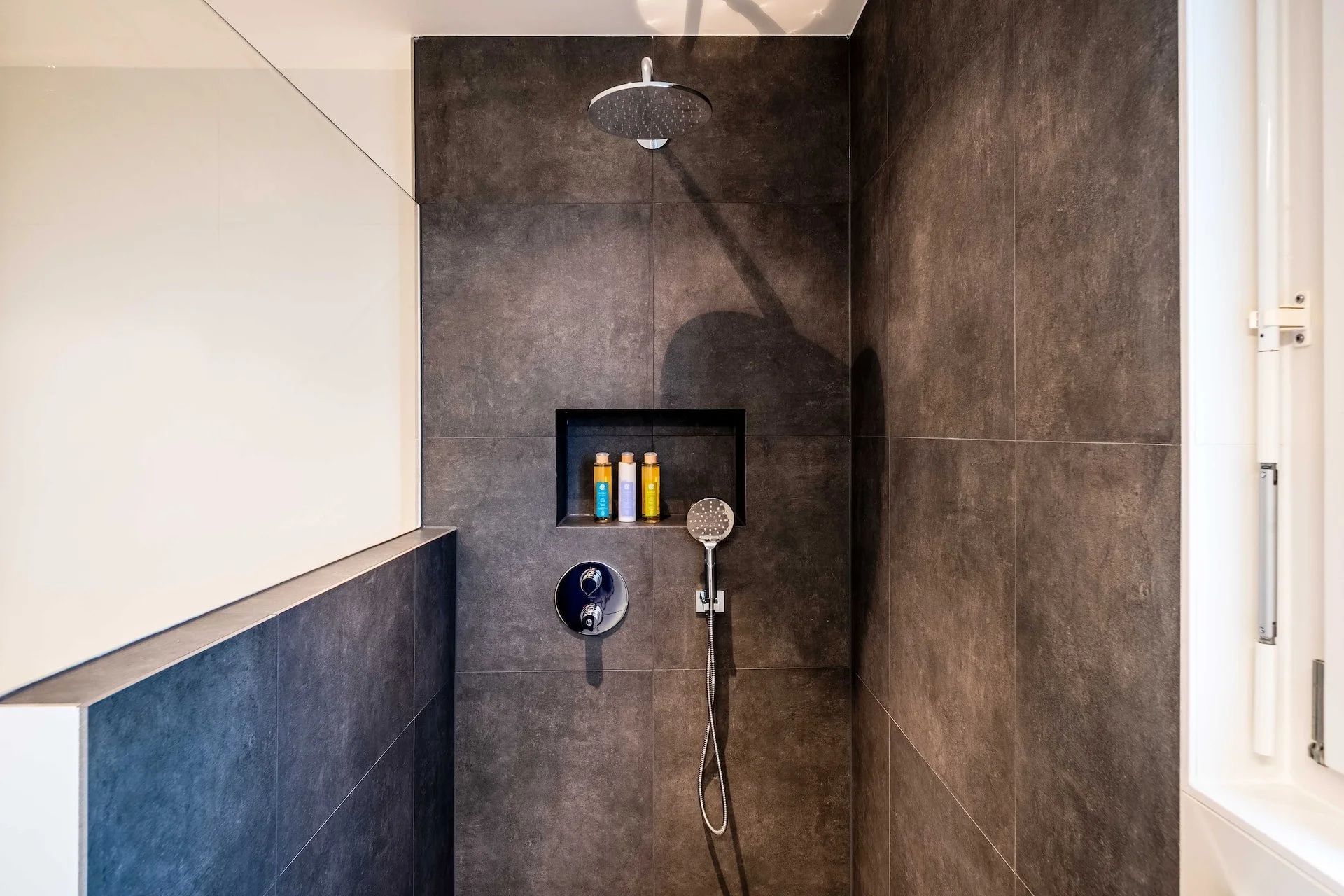How to Handle Disputes Between Landlords And Tenants in Nebraska?
RH Business Marketing Solutions
Navigating disputes between landlords and tenants in Nebraska can be a daunting task, but with the right approach, resolution is achievable. Whether it's a disagreement over rent payments, maintenance issues, or lease terms, effective communication and understanding of legal rights are essential for both parties. In this blog post, we'll delve into practical strategies and resources to help landlords and tenants address disputes calmly and constructively. From knowing your rights under Nebraska's landlord-tenant laws to seeking mediation services and legal advice when needed, each step plays a crucial role in finding a fair and satisfactory resolution. By fostering open dialogue, documenting interactions, and staying informed about proper procedures, landlords and tenants can navigate disputes with confidence and preserve the integrity of their rental relationship. Let's explore how to handle disputes between landlords and tenants in Nebraska with clarity, empathy, and a commitment to mutual resolution.
1. Know Your Rights and Responsibilities
Before addressing any dispute, it's crucial for both landlords and tenants to understand their rights and responsibilities as outlined in Nebraska's landlord-tenant laws. Familiarize yourself with the Nebraska Residential Landlord and Tenant Act, which covers key aspects such as lease agreements, rent payments, repairs, and eviction procedures.
2. Open Communication
Effective communication is the cornerstone of resolving disputes amicably. Encourage open dialogue between landlords and tenants to discuss concerns, clarify misunderstandings, and explore potential solutions. Ensure that all communications, whether written or verbal, maintain a tone of respect and professionalism.
3. Document Everything
Keep thorough records of all communications, agreements, and interactions related to the dispute. Documenting conversations, emails, letters, and maintenance requests can provide valuable evidence in case of escalation or legal proceedings. Having clear documentation helps to avoid misunderstandings and protects both parties' interests.
4. Mediation Services
Consider utilizing mediation services provided by local government agencies or nonprofit organizations. Mediation offers a neutral and confidential environment for landlords and tenants to discuss their issues with the assistance of a trained mediator. Mediation can often lead to mutually acceptable resolutions without the need for litigation.
5. Seek Legal Advice
If a dispute escalates or becomes complex, seeking legal advice from a qualified attorney specializing in landlord-tenant law is advisable. An attorney can provide guidance on your rights and options, review lease agreements, and represent your interests in negotiations or court proceedings if necessary.
6. Follow Proper Procedures
Ensure compliance with all legal procedures and requirements when addressing disputes, such as eviction notices or repair requests. Failure to follow the correct procedures could result in legal consequences and further complications. Familiarize yourself with the specific timelines and steps outlined in Nebraska law for various types of disputes.
7. Stay Professional and Objective
Maintain professionalism and objectivity throughout the dispute resolution process. Avoid personal attacks or emotional responses, and focus on finding practical solutions that benefit both parties. Remember that disputes are a normal part of landlord-tenant relationships, and approaching them with a calm and rational mindset can lead to more positive outcomes.
Conclusion
Effectively managing disputes between landlords and tenants in Nebraska requires a proactive and collaborative approach. By adhering to the principles of open communication, documentation, and knowledge of Nebraska landlord-tenant law, both parties can navigate disagreements with confidence and clarity. Remember, seeking mediation services or legal advice can provide invaluable support in resolving complex disputes while preserving the integrity of the rental relationship. Whether it's addressing maintenance concerns, rent disputes, or lease violations, a commitment to respectful communication and adherence to legal procedures is paramount. By working together towards amicable solutions, landlords and tenants can uphold their rights and responsibilities under Nebraska landlord-tenant law while fostering a positive rental experience for all parties involved. Let's strive to handle disputes with empathy, understanding, and a commitment to mutual respect, ensuring a harmonious rental environment for landlords and tenants alike.











